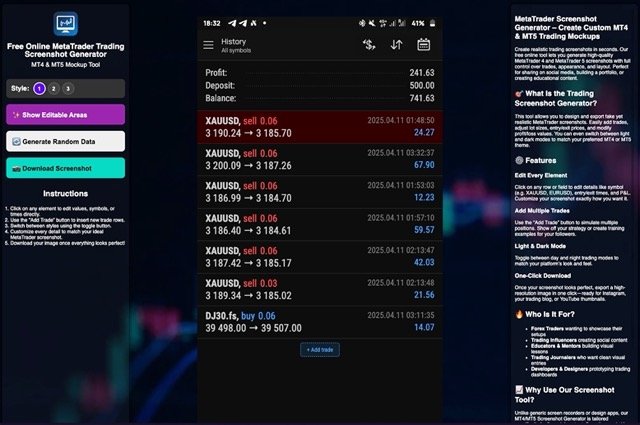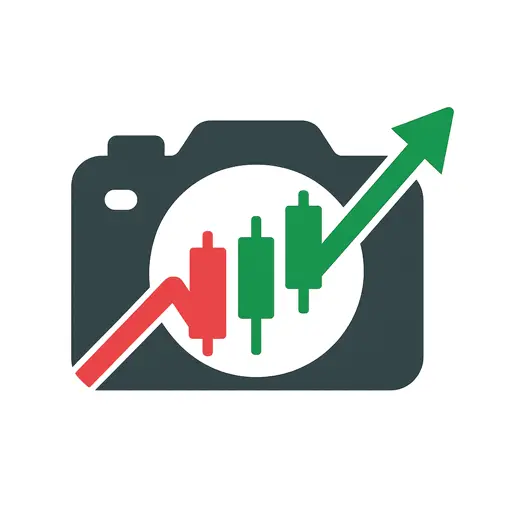Understanding the Value of Your Trading Signals
Before setting a price for your Telegram trading signals, it’s essential to grasp what you’re truly offering. Are your signals just occasional tips, or do they come with detailed analysis, educational content, and consistent performance? Your pricing must reflect this value proposition.
Imagine two signal providers: Tom shares sporadic signals without much explanation, while Linda offers detailed trade setups, risk management advice, and regular market commentary. Naturally, Linda can command a higher price because she’s providing a comprehensive package that traders can rely on for learning and results.
The Pillars of Pricing Your Signals
- Consistency: Are your signals regularly delivered?
- Accuracy: How often do your trades hit their target?
- Additional Value: Do you provide detailed analysis or educational content?
- Audience Engagement: Is there dedicated support or community interaction?
These factors contribute to your “brand equity” and directly influence what your audience will be willing to pay.
Analyzing Market Expectations and Competitor Pricing
One common pitfall is setting prices in a vacuum. That’s why doing your “homework” by browsing other Telegram signal providers is crucial. What are competitors charging for similar offerings? Is there a wide price range, or do most cluster around a specific range?
“I used to price my signals arbitrarily, but after studying competitors, I realized I was undercharging by nearly 40%. Once I adjusted, I not only increased revenue but also attracted more serious clients.” – a successful trading educator’s testimonial.
To get a realistic sense, consider:
- Number of signals offered per week
- Average win rate publicized
- Types of markets covered (forex, crypto, stocks, etc.)
- Support channels (1-on-1 chats, group Q&A)
Using this data, create a comparative matrix and find your sweet spot.
Choosing the Right Pricing Model
Did you know that how you price can be just as impactful as what you charge? Here are some popular models:
1. Subscription-Based Pricing
This is the most common model: users pay a recurring fee (weekly, monthly, quarterly) to access your signals.
- Pros: Predictable revenue, customer loyalty.
- Cons: Pressure to consistently deliver quality signals.
2. Pay-Per-Signal
Users pay each time they want to access a signal.
- Pros: Flexible for users, can attract casual traders.
- Cons: Can limit steady income, complicated to manage.
3. Tiered Pricing
Offer different packages, e.g., basic signals vs. premium signals with added analysis or coaching.
- Pros: Caters to a broader audience, enhances upselling opportunities.
- Cons: Requires more content differentiation.
4. Performance-Based Pricing
Charge a base fee plus a commission based on signal success or profits.
- Pros: Aligns your incentives with clients.
- Cons: Complex to track and can cause disputes.
Choosing the best model depends on your audience, style, and goals.
Factoring in Your Costs and Desired Profit
Have you thought about what it costs you to run your trading signals service? Costs might include:
- Subscription fees for trading platforms like MetaTrader.
- Tools for charting and analysis.
- Marketing and advertising expenses.
- Time spent researching and managing trades.
- Customer support and community management.
Here’s a simple formula to ensure profitability:
Price per subscriber/month > (Total costs divided by subscribers) + Desired profit margin
For example, if your monthly cost is $500 and you have 100 subscribers, your minimum price should exceed $5 per subscriber plus your profit margin.
Building Trust Through Professional Presentation
Let’s be honest: pricing your signals too high without proof of results can scare away potential customers. Conversely, pricing too low may make people doubt the quality.
One effective way to instill confidence is by showcasing your past trades with clear, professional visuals. This is where modern tools like Trading Screenshot Generator become indispensable.
Why? Because rather than awkward screenshots with cluttered interfaces or confusing annotations, you can create clean, branded images highlighting your best trade setups. This not only legitimizes your service but also helps potential subscribers understand your approach instantly.
Examples: How Pricing Varies Across the Market
Let’s put theory into practice. Here’s hypothetical pricing from three types of signal providers:
- The Beginner: Sends 3-5 signals per week, minimal analysis. Charges $20/month.
- The Educator: Provides 10+ signals weekly with detailed explanations and risk management advice. Charges $80/month.
- The Premium Service: Offers full access to live trading, coaching calls, performance reports, and 24/7 support. Charges $200+/month.
Looking at these examples, where would your offerings fit in? This positioning is crucial to justify your price tag.
Psychological Pricing Tips That Convert
Ever noticed how prices ending in .99 often feel more attractive than round numbers? This is called psychological pricing.
- Charm Pricing: $29.99 instead of $30. Feels less expensive.
- Anchoring: Display your most expensive plan first, making others seem like better deals.
- Limited-Time Offers: Create urgency but use it judiciously to avoid skepticism.
- Money-Back Guarantees: Lower the risk perception and build trust.
Integrating these strategies subtly can impact your conversion rates positively.
Adjusting Your Price Over Time
Pricing isn’t set in stone. As your performance history grows, your brand strengthens, and your audience expands, upselling or adjusting prices becomes feasible.
Consider:
- Offering introductory prices and increasing after 3-6 months.
- Segmenting your audience and upselling premium tiers.
- Collecting feedback to see if perceived value matches price.
“After six months, I doubled my subscription fee, but because I added performance reports with professional visuals (made with Trading Screenshot Generator), my subscriber count actually increased.” – Elena, financial influencer.
Final Thoughts: Pricing is an Art and a Science
To wrap up, pricing your Telegram trading signals effectively means balancing objective factors like costs and competitors with subjective ones such as perceived value and trust.
Remember these key takeaways:
- Know your audience and competitors.
- Choose a pricing model that suits your delivery style.
- Factor in all costs and desired profits.
- Use professional presentations to build trust.
- Monitor and adjust your pricing as your brand evolves.
And if you want to boost your professionalism instantly, consider leveraging Trading Screenshot Generator. Creating engaging, trustworthy visuals of your signals can be a game-changer in convincing traders that your service is worth every penny.








